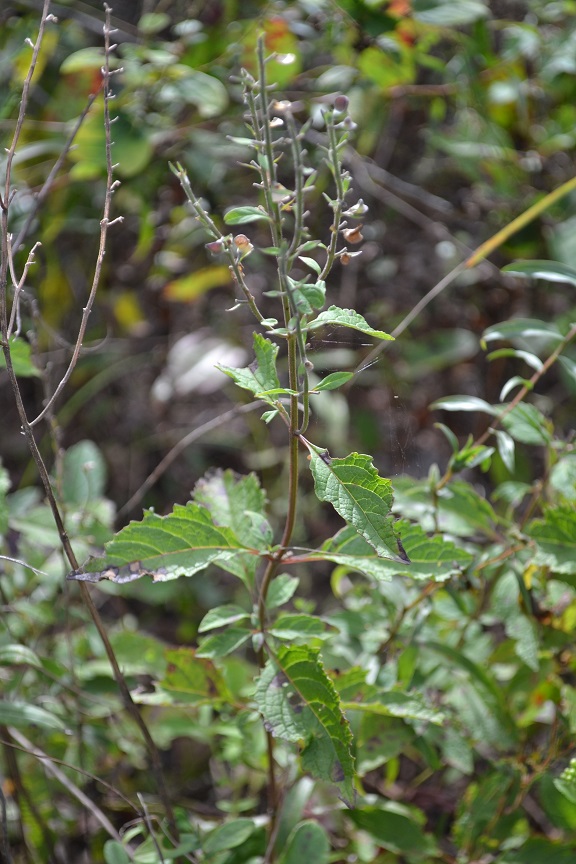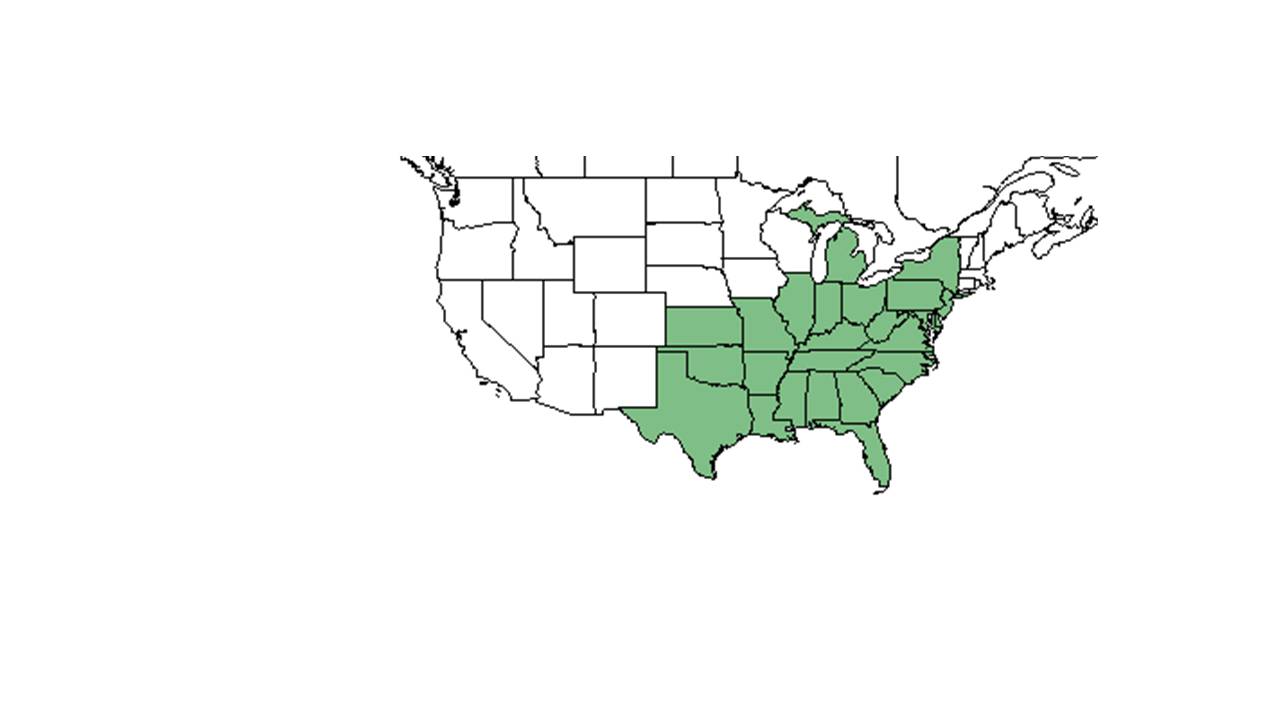Difference between revisions of "Scutellaria elliptica"
(→Ecology) |
|||
| Line 38: | Line 38: | ||
<!--===Seed bank and germination===--> | <!--===Seed bank and germination===--> | ||
<!--===Fire ecology===--> <!--Fire tolerance, fire dependence, adaptive fire responses--> | <!--===Fire ecology===--> <!--Fire tolerance, fire dependence, adaptive fire responses--> | ||
| − | <!--===Pollination | + | <!--===Pollination and use by animals===--> |
| − | |||
<!--===Diseases and parasites===--> | <!--===Diseases and parasites===--> | ||
Revision as of 13:03, 18 June 2021
| Scutellaria elliptica | |
|---|---|

| |
| Photo by Kevin Robertson | |
| Scientific classification | |
| Kingdom: | Plantae |
| Division: | Magnoliophyta – Flowering plants |
| Class: | Magnoliopsida – Dicotyledons |
| Order: | Lamiales |
| Family: | Lamiaceae ⁄ Labiatae |
| Genus: | Scutellaria |
| Species: | S. elliptica |
| Binomial name | |
| Scutellaria elliptica Muhl. ex Spreng. | |

| |
| Natural range of Scutellaria elliptica from USDA NRCS Plants Database. | |
Common name: Hairy skullcap
Contents
Taxonomic notes
Synonyms: S. ovalifolia Pers.; S. ovalifolia ssp. mollis Epling
Variety: Scutellaria elliptica Muhlenberg ex Sprengel var. elliptica; Scutellaria elliptica Muhlenberg ex. Sprengel var. hirsuta (Short & Peter) Fernald
Description
"Perennial herbs with quadrangular, erect to ascending stems; stolons absent, or present and underground. Leaves sessile or petiolate. Racemes bracteate, often paniculate. Calyx zygomorphic, 2-lobed, the upper lobe crested, very small in flower and enlarging in fruit; corolla zygomorphic , upper lip galeate, 3-lobed, lower lip unlobed, usually white in the throat. The blue-flowered species occasionally have white flowered forms. Stamens 4, exserted; stigma 2-parted. Mericarps dark brown to black, closely set with tubercles or papillae in somewhat concentric rings, rounded, often somewhat flattened."[1]
"Plant not stoloniferous, forming clumps of 1-3, rarely more, stems. Stems erect, 1.5-8 dm tall, simple or branched above, pubescent, with 3-5 pairs of leaves below branches or inflorescence. Leaves elliptic to rhombic-ovate, 3-8 cm long, 1.5-4 cm wide, acute to obtuse, crenate, base cuneate to truncate; petioles usually obscured by decurrent blade tissue. Racemes 1-5, rarely more, 3-8 cm long; bracts reduced upward. Calyx 2-3 mm long in flower, 6-8 mm in fruit; corolla blue to violet, rarely white, 1.2-2 cm long. Mericarps tuberculate, 1.5-1.7 mm long."[1]
Distribution
Ecology
Habitat
In the Coastal Plain in Florida, S. elliptica can occur in upland pines.[2] Associated species include pines, sweetgum and dogwood.[2] S. elliptica responds negatively to agricultural-based soil disturbance in South Carolina coastal plain communities. This marks it as a possible indicator species for remnant woodland.[3]
Conservation, cultivation, and restoration
Cultural use
Photo Gallery
References and notes
- ↑ 1.0 1.1 Radford, Albert E., Harry E. Ahles, and C. Ritchie Bell. Manual of the Vascular Flora of the Carolinas. 1964, 1968. The University of North Carolina Press. 902. Print.
- ↑ 2.0 2.1 Florida State University Robert K. Godfrey Herbarium database. URL: http://herbarium.bio.fsu.edu. Last accessed: July 2015. Collectors: R. A. Norris, Robert K. Godfrey. States and Counties: Florida: Leon. Compiled by Tall Timbers Research Station and Land Conservancy.
- ↑ Brudvig, L.A., E Grman, C.W. Habeck, and J.A. Ledvina. (2013). Strong legacy of agricultural land use on soils and understory plant communities in longleaf pine woodlands. Forest Ecology and Management 310: 944-955.